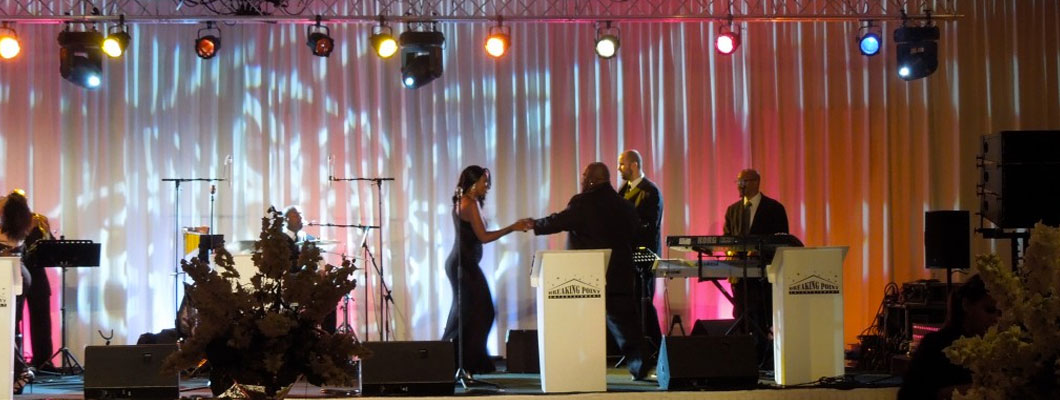Choosing the Ideal Pixel Spacing for Maximum LED Wall Efficiency

When it comes to light-emitting diode walls, a key most factors to consider is dot pitch. Dot pitch is defined as the distance between the centers of two neighboring pixels on an LED display. This metric is commonly expressed in mm. Grasping pixel pitch is crucial because it directly influences the clarity and definition of the images displayed. A smaller pixel pitch indicates that the pixels are nearer together, leading to a higher resolution, while a bigger pixel pitch yields in a lower resolution. Therefore, selecting the appropriate pixel pitch is vital for achieving optimal LED wall functionality.
The selection of pixel pitch often depends on the sight distance. For instance, if the LED wall is meant to be viewed from a distance, a larger pixel pitch may be appropriate. This is because the human eye cannot easily discern individual pixels when they are more distant away. On the contrary hand, if the wall will be viewed up nearby, a reduced pixel pitch is necessary. In scenarios such as inside events, where attendees are typically closer to the screen, a reduced pixel pitch will provide a sharper and more distinct image. Hence, understanding how viewing distance impacts pixel pitch is key to making an informed decision.
Another crucial consideration is the planned use of the LED wall. Various applications, such over at this website as advertising, concerts, or conference meetings, may require different pixel pitches. For example, an LED wall used for advertising in a shopping mall may benefit from a pixel pitch that facilitates vibrant colors and elevated detail so that it captures the attention of bystander shoppers. Conversely, an outdoor LED wall used at a concert may focus on brightness and visibility over resolution, permitting for a bigger pixel pitch. Thus, the particular context in which an LED wall will be utilized is crucial for determining the appropriate pixel pitch.
Cost is also a major factor when choosing pixel pitch. Typically, LED displays with smaller pixel pitches often to be more expensive due to the increased density of pixels and the sophisticated technology required for production. While it may be tempting to choose a high-resolution display with a small pixel pitch, budget constraints frequently necessitate a balance between quality and price. Organizations should assess their needs and determine how much they are prepared to spend in an LED wall, ensuring that the pixel pitch matches with their budgetary capabilities while still meeting functional expectations.
Finally, it is essential to take into account the maintenance and longevity of the light-emitting diode wall when choosing pixel pitch. Displays with smaller pixel pitches can sometimes be more delicate and may need more careful handling and maintenance. Regular maintenance is necessary to ensure that the display functions effectively over time. Understanding the maintenance requirements and potential issues associated with different pixel pitches can assist organizations make a more knowledgeable decision. By considering all these elements, including viewing distance, intended use, cost, and maintenance, one can select the perfect pixel pitch for peak LED wall performance.